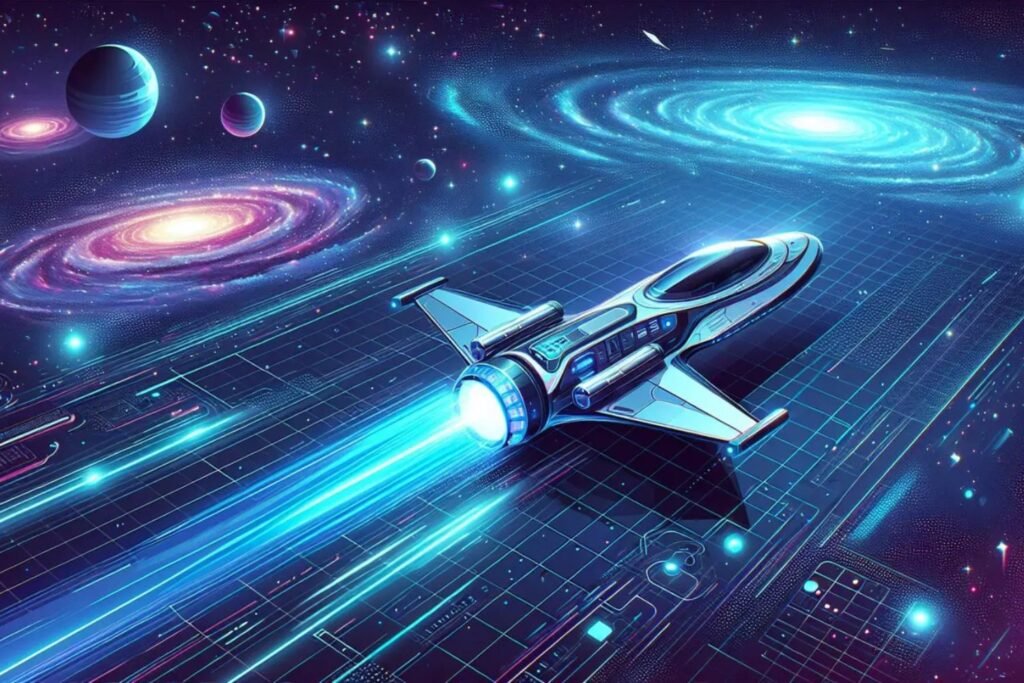“Get ready for the ultimate engine: a fuel like no other!”

For decades, scientists and engineers have been searching for the perfect engine, one that would allow reaching higher speeds without depending on expensive or limited fuels. So far, options have ranged from liquid fuels, nuclear power, and electric propulsion, but none have completely solved the challenges of long-term space travel.
However, a team of aerospace engineers has developed a revolutionary engine that does not use any conventional fuel, but metals such as iron, aluminum, or copper. Its name is Super Magdrive, and its operation breaks with everything known about space propulsion.

The design of this engine could eliminate the need to return to Earth for fuel, allowing spacecraft to refuel directly in space. Asteroids, comets, and moons with metal presence could become true “interplanetary service stations.”
How does this revolutionary engine work?
The Super Magdrive harnesses plasma propulsion, a system that heats a gas until it turns into ionized plasma. In this case, the engine uses any metal that can burn as a source of energy.
Because the engine does not generate enough thrust to leave Earth, it needs an initial stage with traditional propulsion. However, once in space, the Super Magdrive takes control and allows sustained movements without the need for huge amounts of fuel.

The Super Magdrive is led by Minkwan Kim, a professor at the , who has highlighted the importance of this technology:
“Spacecraft have limited amounts of fuel due to the enormous cost of launching them into space. But this new thruster can operate with any metal that can burn, opening up completely new possibilities.”
was successfully launched in 2023 aboard the SpaceX Falcon 9 Transporter-6, marking the beginning of a new era in space exploration.
A step towards interstellar exploration
The is particularly interested in the Super Magdrive due to its enormous potential to reduce costs and travel times in future manned missions.
One of the agency’s most ambitious goals is , which currently would take two years:
- Nine months to reach the red planet.
- Three months of waiting until Earth alignment is optimal.
- Another nine months to return.

However, the company , funded by NASA, is developing an engine capable of reaching speeds of up to 800,000 km/h, reducing the trip to Mars to a much shorter timeframe, almost like an intercontinental flight.
Is this the engine that will take us beyond the solar system?
not only revolutionize travel within the solar system but could make interstellar missions a reality in the future. If a spacecraft could collect its own fuel in space, exploration beyond our cosmic neighborhood would no longer be a distant dream.
The Super Magdrive is more than just an engine: it is the key to a future where humanity no longer depends on Earth to conquer space. With each advancement, we are getting closer to the possibility of becoming an interplanetary civilization. 🚀




